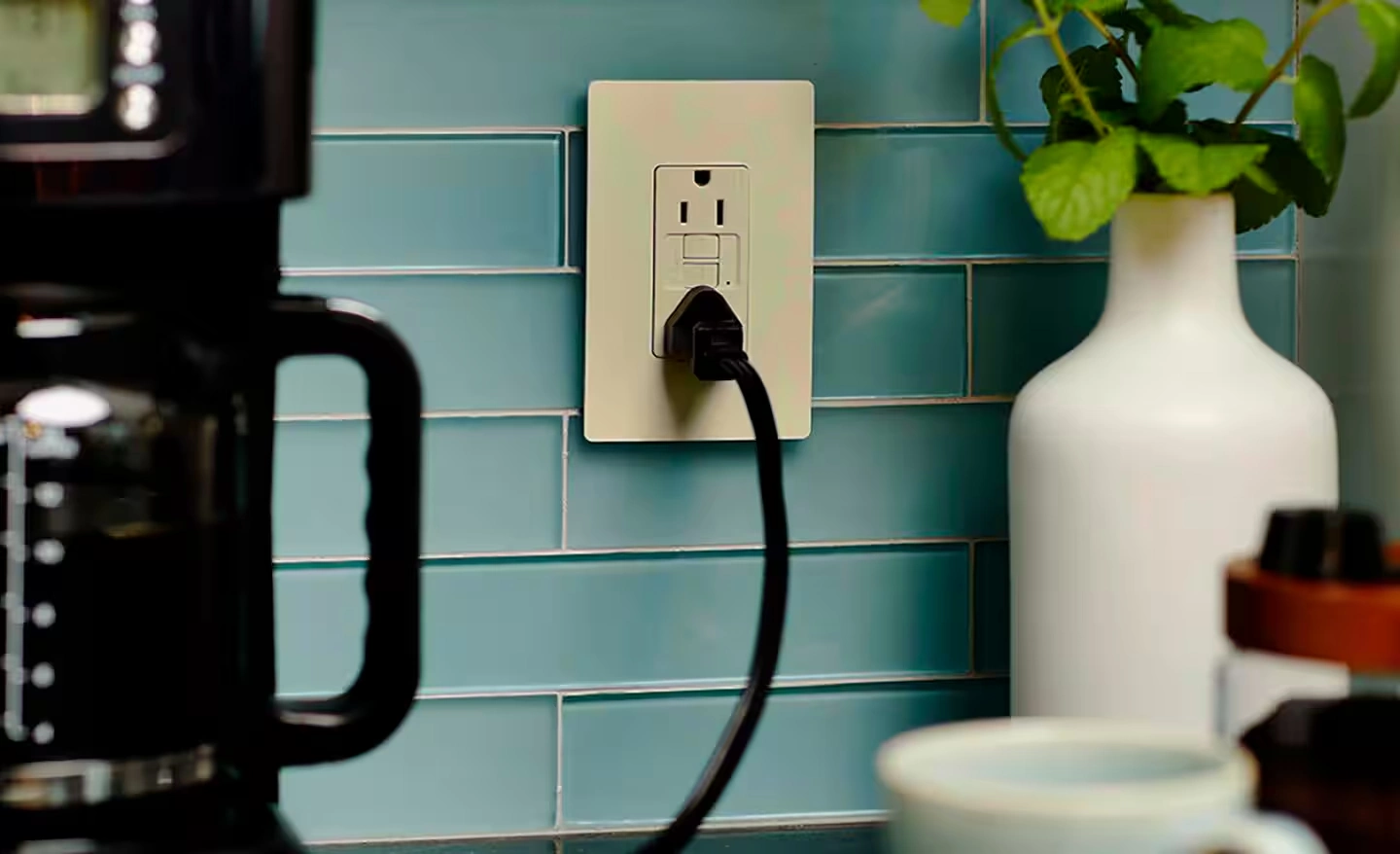Technology has become an essential ally in the journey of recovery, offering innovative solutions that support individuals in their quest for lasting change. With tools like mobile applications and online communities, individuals can access resources that foster connection and self-awareness. These advancements break down barriers and create opportunities for personalized support. Yet, the question remains: how do these tools specifically enhance strategies for preventing relapse and promoting long-term recovery?
Key Takeaways
- Technology facilitates access to online support communities, reducing isolation and fostering a sense of belonging among individuals in recovery.
- Mobile applications provide tools for mood tracking, self-care reminders, and personalized coping strategies, enhancing daily recovery efforts.
- Virtual therapy sessions improve accessibility to professional help, allowing individuals to connect with therapists from the comfort of their homes.
- Wearable technology monitors physical and emotional well-being, helping users identify triggers and early signs of potential relapse.
- Online educational resources empower individuals with knowledge about coping mechanisms, enhancing resilience and commitment to long-term recovery.
The Role of Technology in Supporting Recovery Journeys
As individuals navigate the complexities of recovery, technology emerges as a vital ally in their journey. It offers innovative tools that enhance relapse prevention strategies, fostering a sense of connection and support. Online forums and social media groups provide spaces for sharing experiences, allowing individuals to feel understood and less isolated. Virtual therapy sessions offer accessibility, enabling those in recovery to engage with professionals from the comfort of their homes. Additionally, educational resources available online empower individuals with knowledge about their triggers and coping mechanisms. By integrating technology into their recovery process, individuals can cultivate resilience and strengthen their commitment to lasting change. Embracing these advancements can lead to a more supportive environment where recovery becomes a shared experience.
Mobile Applications for Relapse Prevention
Mobile applications are transforming the landscape of relapse prevention strategies, offering individuals accessible tools to support their recovery journey. These apps provide features such as mood tracking, daily motivational messages, and personalized coping strategies, fostering a sense of accountability and empowerment. Users can set reminders for self-care activities and access educational resources that enhance their understanding of triggers and cravings. Many applications also allow individuals to document their thoughts and feelings, promoting reflection and mindfulness. By integrating technology into their recovery process, individuals can feel a sense of belonging to a supportive community, even if they are engaging with the app solo. Ultimately, mobile applications serve as a bridge to sustained recovery, reinforcing the commitment to long-term wellness.
Online Support Communities and Their Impact
While maneuvering through the complexities of recovery, individuals often find solace and strength in online support communities, which play an essential role in relapse prevention strategies. These virtual spaces offer a sense of belonging, allowing individuals to connect with others who understand their struggles. Participants can share experiences, strategies, and encouragement, fostering a supportive atmosphere that can alleviate feelings of isolation. Moreover, the anonymity provided by online platforms empowers individuals to express vulnerabilities without fear of judgment. Such connections can be pivotal in maintaining motivation and accountability, reinforcing commitment to recovery goals. By harnessing the collective wisdom of these communities, individuals enhance their resilience against relapse, ultimately paving a more hopeful path toward long-term recovery.

Wearable Technology and Behavioral Monitoring
Wearable technology has emerged as a powerful tool in the domain of relapse prevention strategies, providing individuals with real-time insights into their physical and emotional well-being. These devices, such as fitness trackers and smartwatches, monitor crucial signs, sleep patterns, and activity levels, offering essential feedback that can help identify triggers and stressors. By fostering self-awareness, users can recognize early signs of potential relapse and take proactive steps to manage their emotions and behaviors. Additionally, the data collected can be shared with support networks, enhancing accountability and connection. Ultimately, wearable technology empowers individuals on their recovery journey, reinforcing a sense of belonging and encouraging healthier choices, thereby strengthening their commitment to long-term recovery.
Virtual Therapy: Enhancing Access to Professional Help
As individuals navigate the complexities of recovery, virtual therapy has emerged as an essential resource that enhances access to professional help. This innovative approach allows individuals to connect with experienced therapists from the comfort of their own homes, fostering a sense of safety and belonging. The flexibility of virtual sessions accommodates varying schedules, making it easier for those committed to relapse prevention strategies to seek support when they need it most. Additionally, virtual therapy reduces geographical barriers, enabling individuals in remote areas to access crucial resources and community support. By leveraging technology, individuals can engage in meaningful conversations that promote emotional healing and resilience, ultimately reinforcing their commitment to long-term recovery and a healthier future.
Frequently Asked Questions
How Do Relapse Prevention Strategies Differ for Various Addictions?
Relapse prevention strategies vary considerably across addictions, addressing unique triggers and behaviors. Tailored approaches consider individual circumstances, fostering resilience and support, ultimately creating a more effective framework for sustained recovery and personal growth in diverse contexts.
What Are Common Triggers for Relapse During Recovery?
Common triggers for relapse during recovery include stress, social pressures, negative emotions, and environmental cues. Recognizing these triggers is essential for developing effective relapse prevention methods, fostering resilience, and promoting a supportive recovery community.
Can Technology Replace Traditional Therapy in Relapse Prevention?
Technology cannot wholly replace traditional therapy in relapse prevention; however, it can complement it. Combining both approaches fosters a supportive environment, helping individuals feel connected while providing essential tools for managing triggers and maintaining long-term recovery.
How Effective Are Online Support Groups Compared to In-Person Meetings?
Online support groups can be as effective as in-person meetings, providing a sense of community and connection. Individuals often find comfort in shared experiences, reducing feelings of isolation and enhancing their commitment to relapse prevention strategies.
What Role Does Family Involvement Play in Relapse Prevention Strategies?
Family involvement plays an essential role in relapse prevention strategies, providing emotional support and accountability. Their understanding and encouragement foster a sense of belonging, helping individuals navigate challenges and maintain commitment to long-term recovery.
Conclusion
Incorporating technology into relapse prevention strategies offers individuals invaluable resources for their recovery journeys. By utilizing mobile apps, engaging in online communities, and participating in virtual therapy, individuals can cultivate a supportive environment that fosters resilience and self-awareness. The integration of wearable technology further enhances personal accountability and well-being. Ultimately, these innovative tools empower individuals to navigate their challenges more effectively, reinforcing their commitment to long-term recovery and creating a brighter, healthier future.
May You Also Like To Read:





